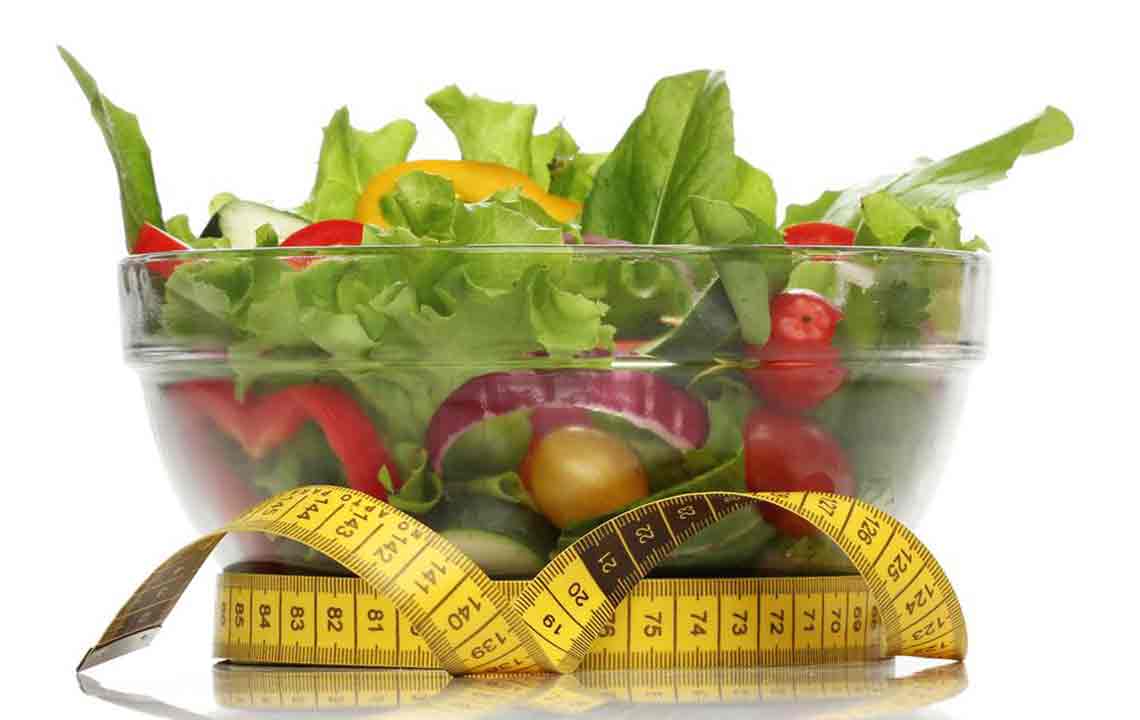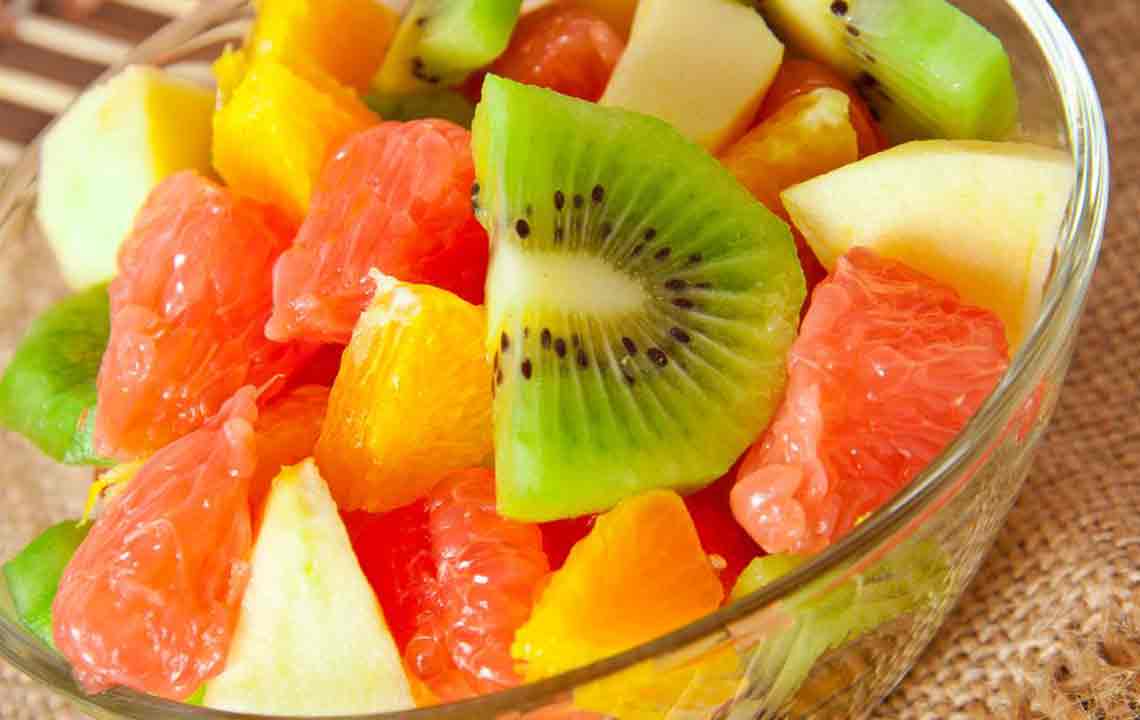Effective Dietary and Lifestyle Strategies for Managing Hypertension
Discover effective strategies for managing hypertension through dietary changes like the DASH diet, regular exercise, and lifestyle adjustments. Learn how controlling salt, fats, and weight can lower blood pressure, reducing the risk of serious health problems. Consult healthcare professionals for personalized plans and gradual implementation to ensure optimal health outcomes.

Effective Dietary and Lifestyle Strategies for Managing Hypertension
Hypertension, commonly known as high blood pressure, is a condition where artery pressure becomes elevated, potentially harming blood vessels over time. If uncontrolled, it can lead to serious health issues such as heart disease, stroke, or kidney problems.
Often called a silent threat, hypertension frequently shows no symptoms and remains unnoticed until complications arise. Over 75 million individuals are affected by this condition nationwide.
The DASH Eating Plan
The most well-known method to manage high blood pressure is adopting the DASH diet.
Short for Dietary Approaches to Stop Hypertension, this eating pattern emphasizes plant-based foods like vegetables, fruits, whole grains, and nuts. Lean proteins such as poultry and fish are included, alongside low-fat dairy products.
It minimizes sugar and salt intake, aiding in blood pressure reduction over time. The diet excludes sugary drinks, red meats, fats, and sweets. Consistent adherence can also lower risks of stroke and arterial diseases.
Here's a summary of DASH diet guidelines. The recommended daily calorie intake is around 2,000 calories.
Whole grains: Aim for eight servings daily, including half a cup of pasta or a slice of bread. Rotate different whole grains for variety.
Vegetables: Consume half a cup of cooked vegetables and raw greens daily—an essential component.
Fruits: Include a medium-sized fruit, a quarter cup of dried fruits, and one cup of fresh juice. Avoid artificially sweetened fruit drinks.
Legumes, nuts, and seeds: Rich in minerals, consume two tablespoons of seeds, half a cup of nuts, and half a cup of cooked beans daily as snacks.
Dairy: Opt for low-fat or fat-free options like milk, yogurt, and cheese to ensure adequate calcium intake.
Meat and seafood: Limit to two or fewer servings of fish, poultry, or lean meats per day; ensure meats are well-cooked.
Fats and oils: Use minimally, preferring low-fat mayonnaise, vegetable oils, or soft margarine, and avoid excess fats.
Sweets: Restrict to five servings per week, such as a tablespoon of jam or jelly.
Consultation: Seek guidance from a healthcare professional or dietitian for personalized meal planning and calorie management.
Gradually modifying eating habits is key to healthful adherence, making it easier to enjoy preferred foods within the diet’s framework.
Exercise & Weight Management
In addition to dietary adjustments, lifestyle changes are crucial for controlling hypertension. Regular physical activity and weight management significantly contribute to blood pressure regulation.
Maintain a healthy weight: Losing excess weight can effectively reduce blood pressure levels.
Engage in physical activity: Aim for at least 150 minutes of moderate exercise weekly, such as brisk walking, cycling, or aerobics, which can lower systolic pressure by 5-8 mmHg.
Focus on root causes: Combine proper diet with consistent exercise to address underlying factors and ensure effective treatment.
While certain risk factors like age, gender, genetics, and race are beyond control, adopting a healthy diet and regular exercise can prevent or delay hypertension complications.










